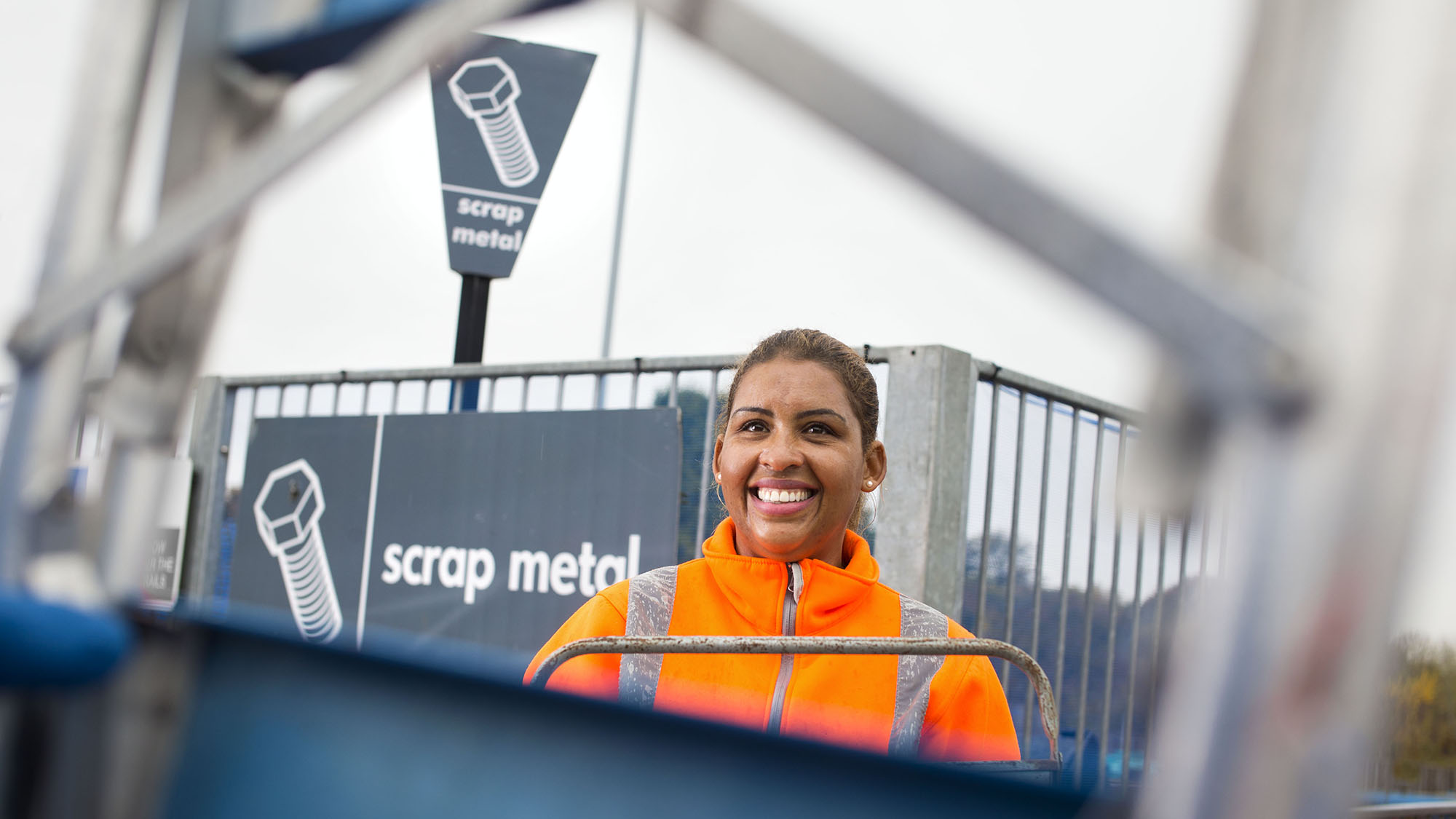Managing essential waste services during the COVID-19 recovery phase

As we emerge from the lockdown phase of the COVID-19 pandemic and start to look ahead to a gradual return to more normal activities, we progress from the emergency management phase for the waste and resources sector into a staged and planned recovery period.
Our webinar on 18 May 2020, with representatives from the Greater Manchester Combined Authority, Surrey County Council and Stockton-on-Tees Metropolitan Council, explored how this recovery stage was being determined and delivered. They analysed some of the options being deployed and their potential replicability in other locations and situations.
Initially, we looked at the recovery of kerbside collections, including improvements in garden waste and bulky waste collections, with positive ‘return to normal’ trends being identified almost completely across the board in the ADEPT report. For waste treatment, the sterling work across the sector has kept facilities going, with the level of suspended or impaired operations reduced across the range of services. However, the one service that stood out, was the operation of household waste recycling centres (HWRCs), which showed only limited signs of reopening under very different conditions. As such, it was no surprise that the main topic of conversation throughout the webinar focused on the reopening of the HWRCs and learning from those who had started the journey.
In the most recent ADEPT service status report this actual and planned reopening phase was clearly visible in the data with only 46% of authorities who responded, reporting services completely unavailable, compared to 86% in the previous weeks.
It was clear from the three authorities who presented during the webinar that the approach to reopening was not uniform and that they had all taken slightly different routes. While some authorities had limited the waste which would be accepted, others allowed all previously accepted waste. Booking systems were adopted by some authorities to manage demand and others were using alternative methods of managing customer expectations and access. In our own experience, across a number of authorities, we have seen booking systems, odd and even number plates and limited waste acceptance all being employed in recent weeks. When I reviewed the approaches to reopening from our sites, there were some common themes emerging in relation to site layout and management.
For layout of traffic we see an approach that I call ‘making it difficult to go wrong’. By clearly laying out travel routes through the site. The site can make sure the public knows which way to go and where to stop, meaning less confusion and room for error and less need to request assistance or clarify points with the staff on site, thus helping to maintain social distancing.
Secondly there is a clear approach to drop off bays, helping to keep the public safe. A good example is shown below where each bay is physically separated and labelled, again minimising contact between both visitors and on-site staff.
Finally, with regards to on-site traffic management it was clear from assessments across our sites, that approaches were specific to the site. Variables which influenced this included, the feeder roads outside and whether the site was shared with other activities that needed common access. For example, Stockton-On-Tees had adopted an online booking system partly to ensure that access to the adjoining EfW plants could be maintained. When we asked the webinar attendees a poll question about planned controls on their sites, 98% of respondents said flow control had been or was going to be established on their own sites.
Over 45% of the webinar attendees were from local authorities with the remainder being from across the sector (including contractors and consultants) providing our polls with an excellent cross section for feedback, and some interesting questions for the panel. As the webinar was focused on considering the start of the recovery phase, we asked the audience to tell us what services they were considering re-establishing. 45% of those who responded were expecting to re-establish HWRC operations with 26% restarting green waste services and 18% planning to start bulky waste services. Feedback from the audience indicated that each authority was in a very different place in their recovery journey, with some having almost all services back operating at this point. However, it was also very clear from the audience feedback that the ‘return to normal’ for the sector had commenced with detailed plans afoot and being implemented rapidly.
When we asked those local authorities who had reopened their HWRCs what issues they were facing, 35% identified queues, 29% stated non permitted materials and 15% commented that social distancing was an issue. When we asked what materials were being accepted, 24% of those who responded said general/residual waste, 23% garden waste and both bulky and WEEE waste are being accepted by 19% per stream.
Clearly the sector is well on its way in terms of delivering a return to normal across a range of the less essential services that it offers to the public, given that throughout the previous eight week lockdown period front line residual waste collections had been delivered with almost no restrictions across the country. However, the approaches being adopted are different and rightly represent individual authority and site requirements and circumstances. Building on the resilience already shown by the sector in keeping essential services going and in bringing suspended services back online will be important in the coming weeks as more HWRCs are reopened. We must learn lessons from what is working best, especially if we need to adapt services further in the future in response to changing infection rates.
We must remember that the sector also provides essential services to businesses and as the recovery from lockdown starts in other sectors, we need to consider how we can support their return to normal as well. As part of my presentation during the webinar, I showed some of the modelling we were undertaking to try and predict the recovery profiles of various industrial sectors. Starting with understanding the new baseline of current sector performance and then combining government, advisor and sector information into individual sector recovery profiles, we can see that some sectors have seen revenues massively reduced and are looking at recovery profiles that might last more than two years. and adapting our services to work with sectors as they emerge from different levels of shutdown and following very different recovery profiles will in many ways be more difficult than those delivered to domestic properties. Despite this, the sector is robust and resilient and will work hard to support all of our customers during the transition.
Finally, learning from the works we have undertaken in maintaining and restoring essential services will give us many of the skills and agility we, as a sector, will need to react to what is likely to be an uncertain and possibly bumpy return to normal in the weeks and months ahead. We were grateful to the presenters for sharing their early experiences of reopening HWRCs and the audience for their questions, comments, and for participating in the polls, as this made for an interesting debate.
We intend to run a follow up webinar in a few weeks to look at how other authorities are getting on with their reopening plans. We will learn more lessons about what approaches to customer expectation management, communication and on-site flow are working most effectively, and share these insights across the sector.
To watch a recording of this and other webinars hosted by SUEZ recycling and recovery UK, please click here.
